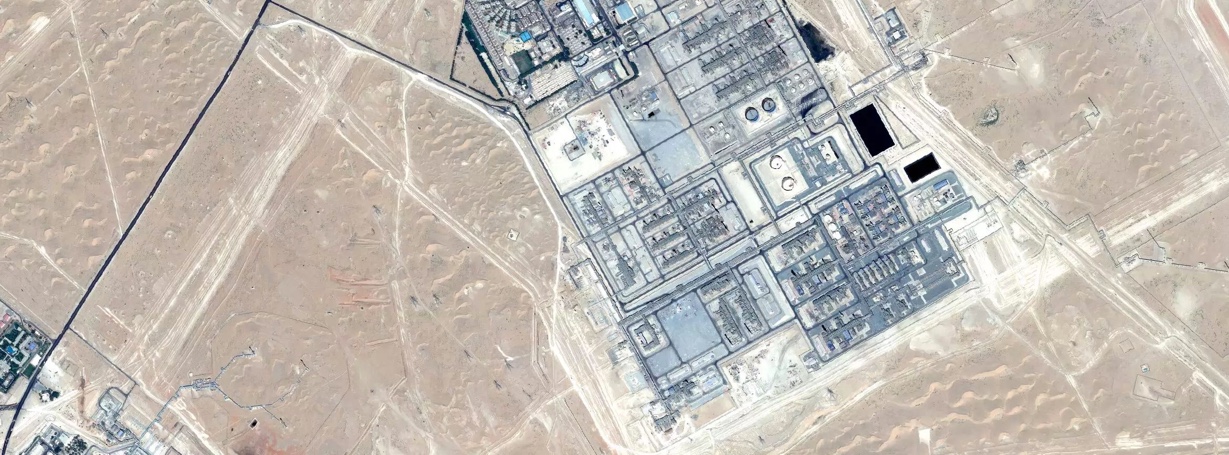Crude Oil Benchmarks
Regional benchmarks, like West Texas Intermediate (WTI) in the US, have been created to track crude oil prices. Oil quality, market factors, and geopolitics largely determine benchmark crude prices. The risks from leakgae and climate change, while significant, are not factored into prices. The true costs of crude oil supply and demand must include operational inefficiency and health and safety risks along with emissions intensities.

Benchmark Crude Prices versus Production Emissions Intensity
- Arab Light
- Iran Heavy
- Urals
- Sahara Blend
- Bonny Light
- Brent
- Kuwait Export
- Basrah Medium
- Murban
Interpreting the data
The chart above plots market price of each benchmark against the varying emissions intensities of the main oil sources of each benchmark. Given the wide range of production inefficiencies and leakage, it is evident that energy waste is not factored into crude oil market prices. This tool allows users to compare CO2 and methane emissions intensities on different dimensions for the world's main crude oil benchmarks.
